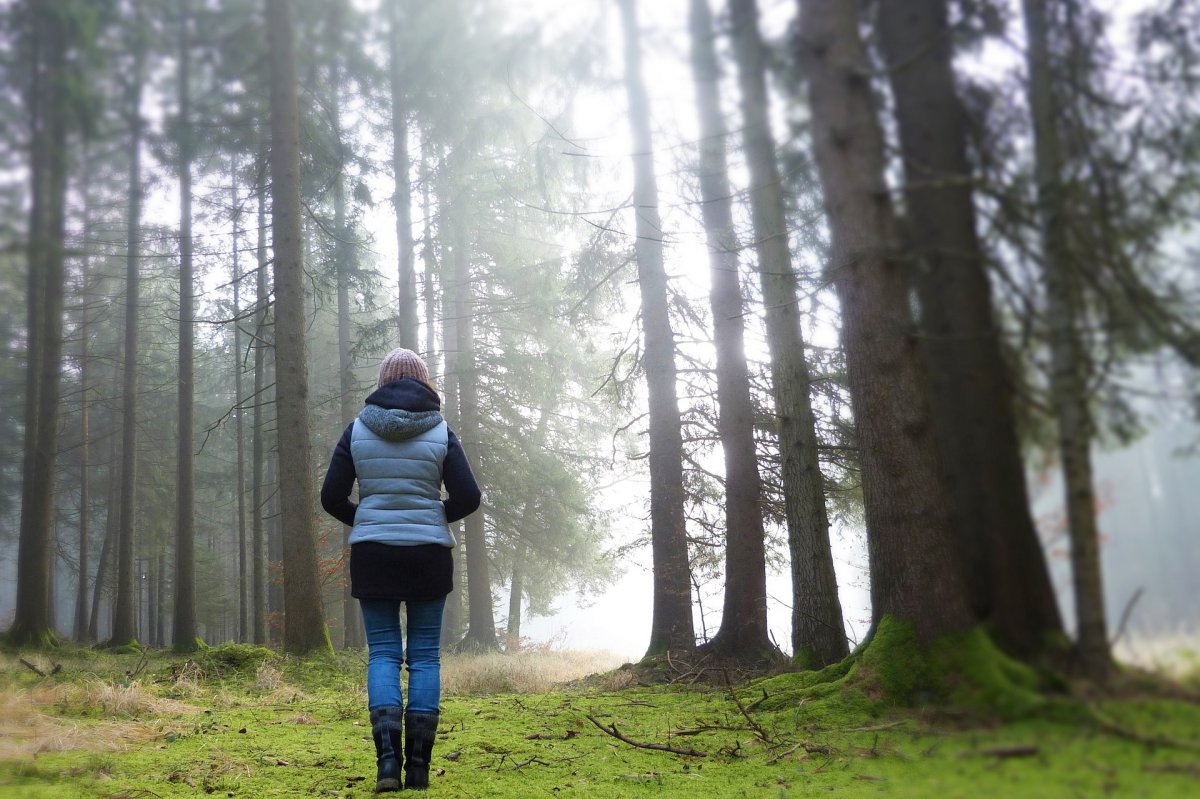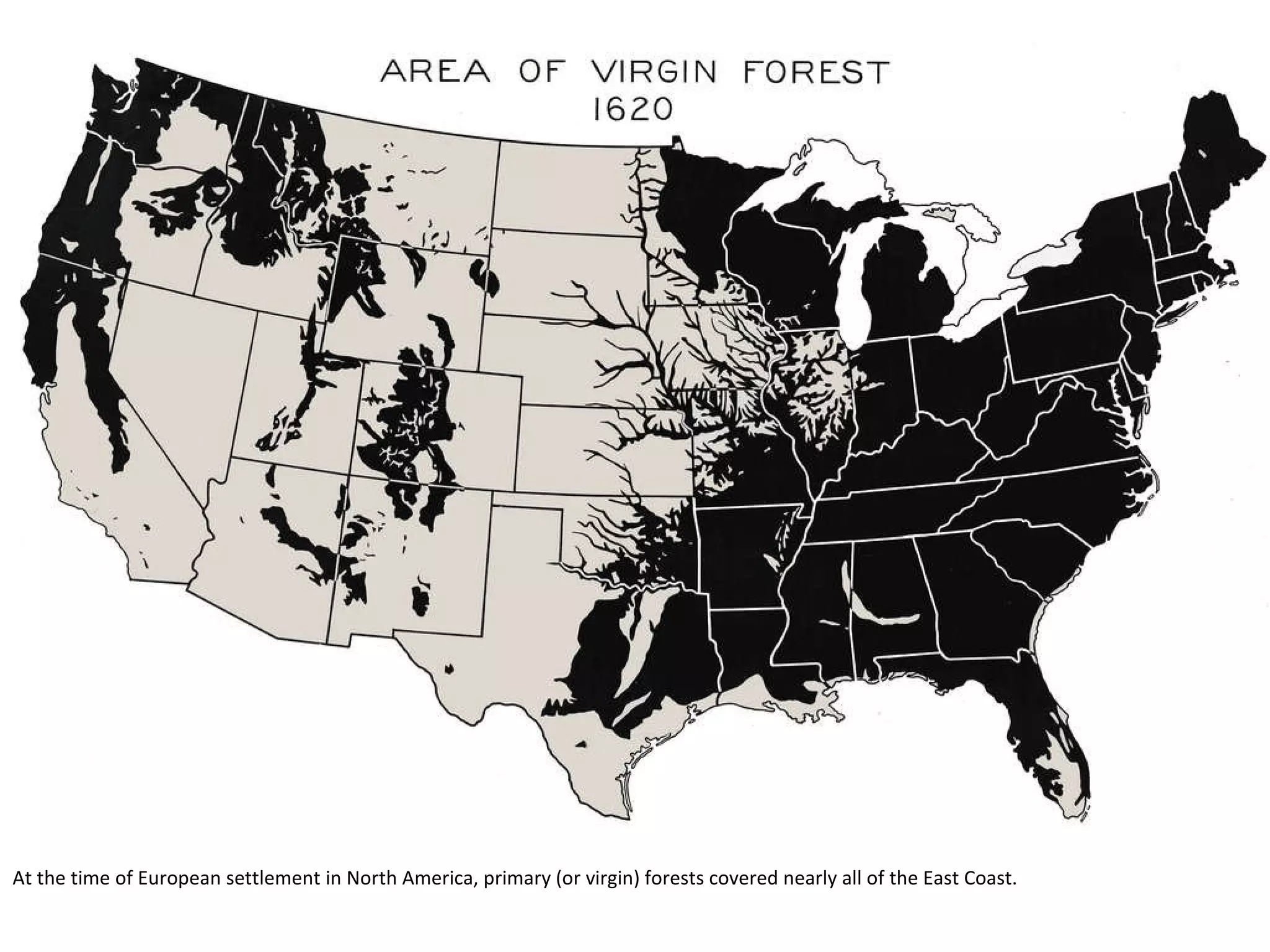
Plans to plant billions of trees, fight climate change threatened by low seedling supplies - UPI.com
The U.S. Forest Service's plan to plant more than a billion trees by 2030 -- in an effort to fight climate change -- is facing seedling scarcity and funding issues, according to new research.
According to research published Monday in the journal Bioscience, U.S. tree nurseries are not growing enough tree seedlings to keep up with demand.
"Trees are this amazing natural solution to a lot of our challenges, including climate change. We urgently need to plant many millions of them," University of Vermont scientist Tony D'Amato, who co-led the new research, said in a statement. "But what this paper points out is that we are woefully underserved by any kind of regional or national scale inventory of seedlings to get the job done."
The REPLANT Act provides funding to plant more than a billion trees in the United States, as the World Economic Forum works to plant a trillion threes around the world by 2030. But researchers from UVM and the USDA's Northern Forest Research Stations in Minnesota, Michigan and New Hampshire -- who studied 605 plant nurseries across twenty northern states -- found only 56 grow and sell seedlings in the volumes needed for conservation and reforestation. According to the report, only 14 were government-operated.
Researchers are now calling for increasing both seedling production and diversity at regional nurseries in order to address climate change with tree planting. They are also calling for increased federal and state investment.
"Given the existing and growing reforestation backlog, declines in nursery infrastructure, and complex needs for diverse seeds and seedlings, it is likely that substantially more public investment in the form of grants, loans and cost-share programs will be needed to reinvigorate, diversify and expand forest nurseries," the study says.
So, we need to plant more trees, and for this we need increased seedling production. We need a 21st century version of "Johnny Appleseed" to go around and plant trees. Also, it's not just a matter of more trees, but also a diverse assortment which is needed.
"The number of seedlings is a challenge," Clark added, "but finding the diversity we need to restore ecologically complex forests -- not just a few industrial workhorse species commonly used for commercial timber operations, like white pine -- is an even bigger bottleneck."


